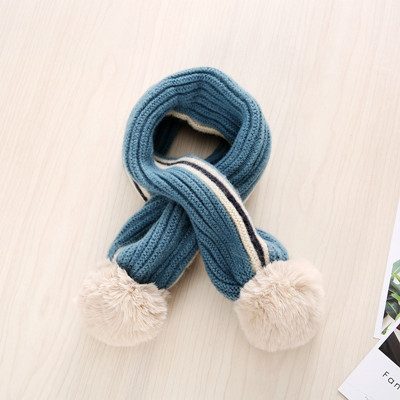What is knitting
A process in which a yarn of various raw materials and varieties is formed into a loop by a knitting needle, and then connected into a knitted fabric through a string. Knitted material is soft, has good wrinkle resistance and breathability, and has greater extensibility and elasticity, and is comfortable to wear. In addition to being used for decoration and decoration, knitted products can also be used in the fields of industry and agriculture as well as health care and national defense. Knitting is divided into two categories: hand knitting and machine knitting. Hand-knitted needles have a long history, exquisite craftsmanship, flexible flower shapes, and have been widely spread and developed in the private sector.
Knitting process
Spinning→braiding→clothing→cutting→sewing→finishing→inspection
1.Spinning
The purpose of spinning is to wind the incoming cotton yarn into a package of certain structure and specifications to suit the knitting production. In the spinning process, it is necessary to eliminate some defects existing on the yarn, and at the same time, the yarn has a certain uniform tension, and the yarn is subjected to necessary auxiliary treatment, such as waxing, oiling, etc., to improve the knitting performance of the yarn. Improve production efficiency and improve product quality.
2. Weaving
Weaving is a process in which a yarn is organized into a woven fabric by a loom to form a fabric. This is also the fundamental difference between knitwear and woven garments. The weaving method can be divided into two types of weft knitting and warp knitting, and the fabrics for knitting garments are mostly weft knitted fabrics. Weft knitting is the feeding of one or several yarns from the weft direction to the working needle of the knitting machine, the yarns are sequentially bent into a loop, and the yarns are stringed to form a weft knitted fabric. The machine used to weave such a knitted fabric is called a weft knitting machine. Weft knitting has a great adaptability to the type and linear density of the processed yarn, and the variety of knitted fabrics produced is also extensive. Weft-knitted fabrics are available in a wide variety of fabrics, which can be woven into fabrics for interior and exterior garments of various tissues, and can be woven into single-piece forming and partially-formed products. The weft-knitted process and machine structure are relatively simple and easy to operate. The production efficiency is relatively high, so the weft knitting has a large proportion in the knitting industry.
3. Inspection
Since the quality of the grey fabric is directly related to the quality and output of the finished product, it must be based on the cutting cloth ingredient list before cutting.
Check whether the number of horses, size, density, batch number, and line density meet the requirements. When the cloth is inspected, the gray cloths are inspected one by one according to the standards. For all kinds of defects affecting the quality of the finished products, such as color flowers, missing needles, holes, oil stains, etc. Do a good job of marking and quality records.
4. Crop
The main process of knitting garment cutting: breakage → borrowing → scribing → cutting → strapping.
Washing
1. Put the scarf into the warm water basin and invade the scarf. Remember that jacquard or multi-color scarves should not be soaked, and different color scarves should not be washed together to avoid staining.
2. Pour in the right amount of silk we use every day.
3. Open the silk hair and gently press it on the scarf for a few times.
4. Wash off the silk on the scarf with water, wrap it in a washing machine and put it in the washing machine. Remember not to wring it out by hand or hanging it.
5. Take out the scarf and dry it.
6. The scarf can also be ironed with an iron, but in the direction of the tip of the hair.











